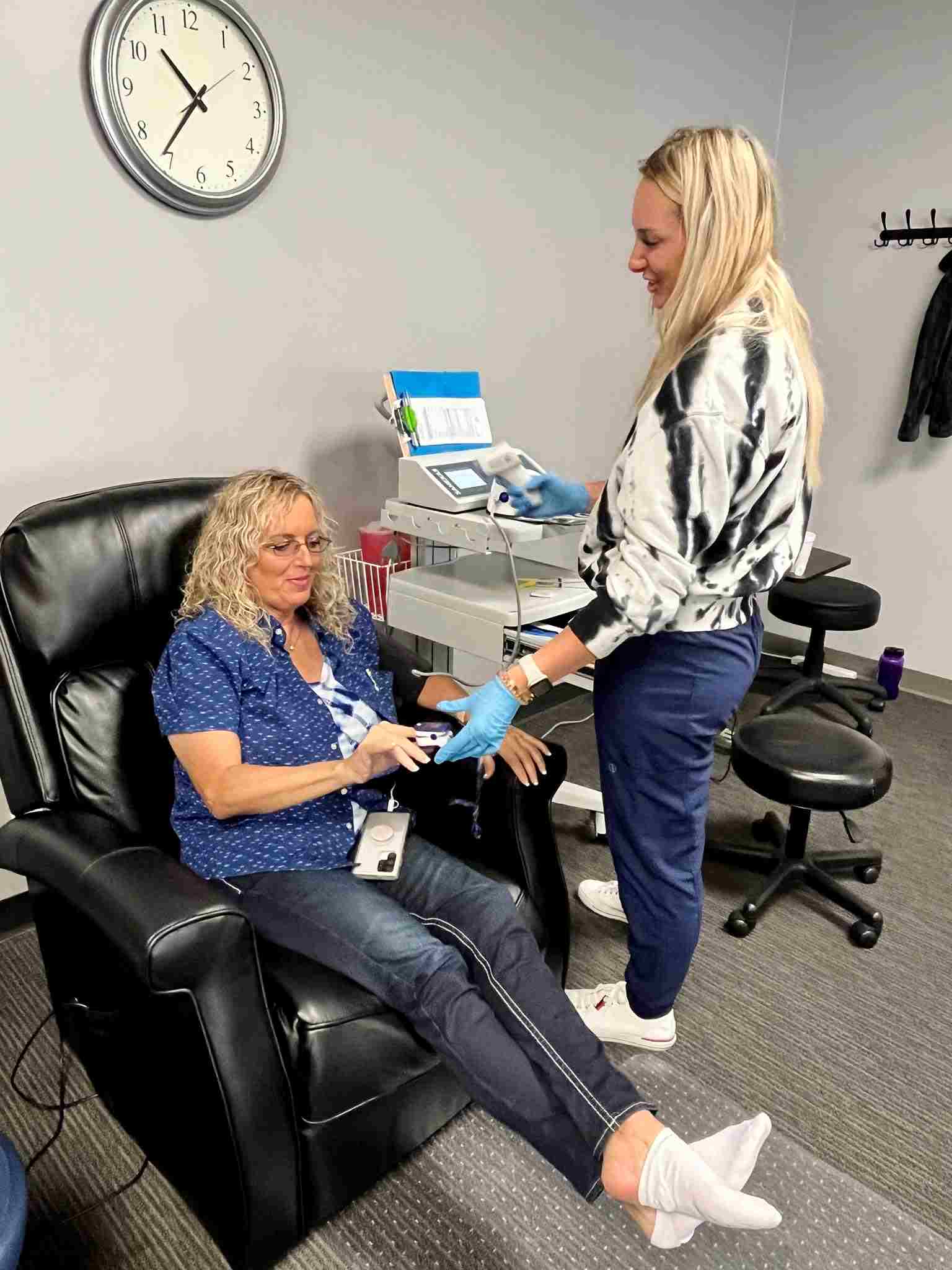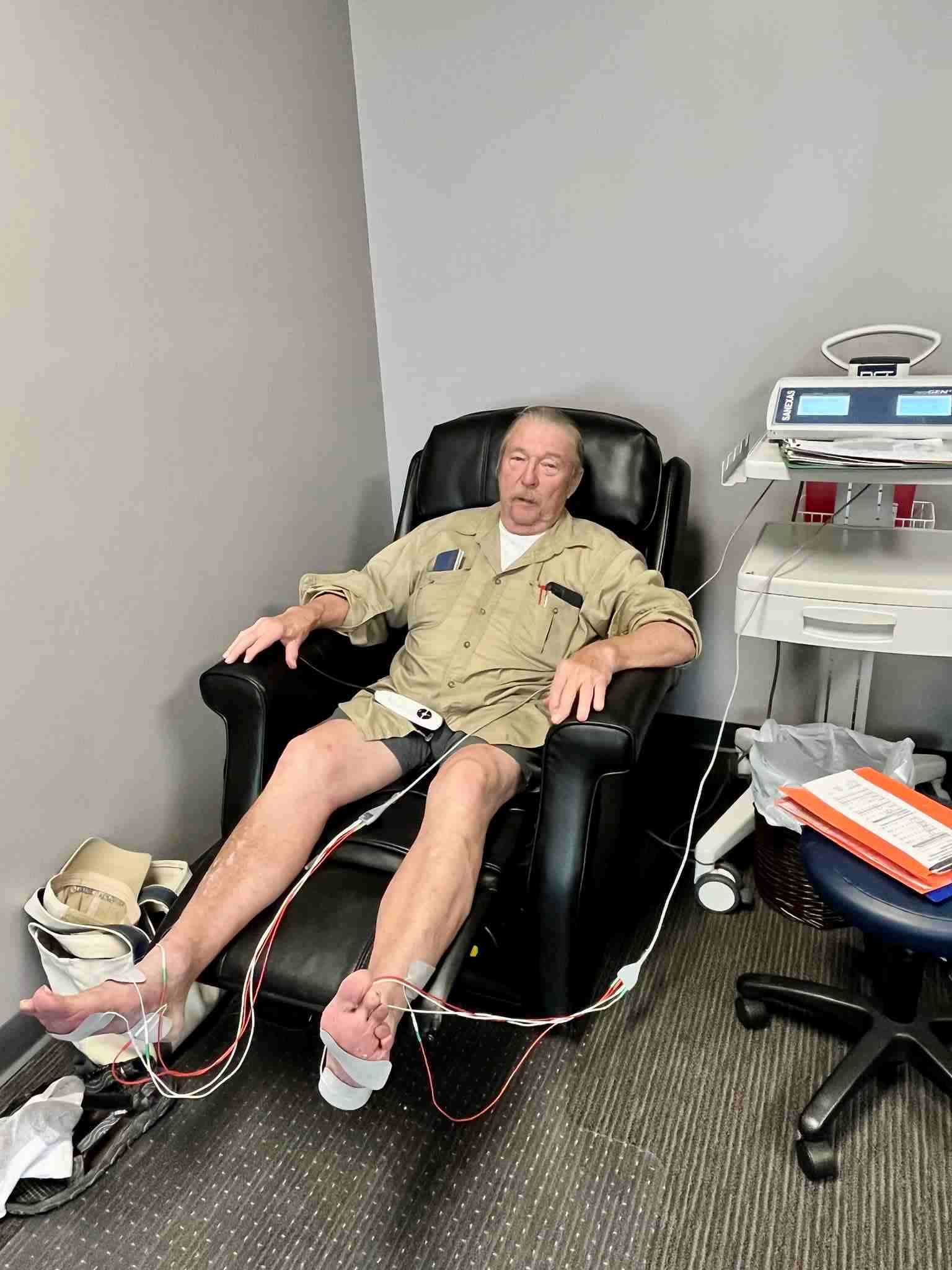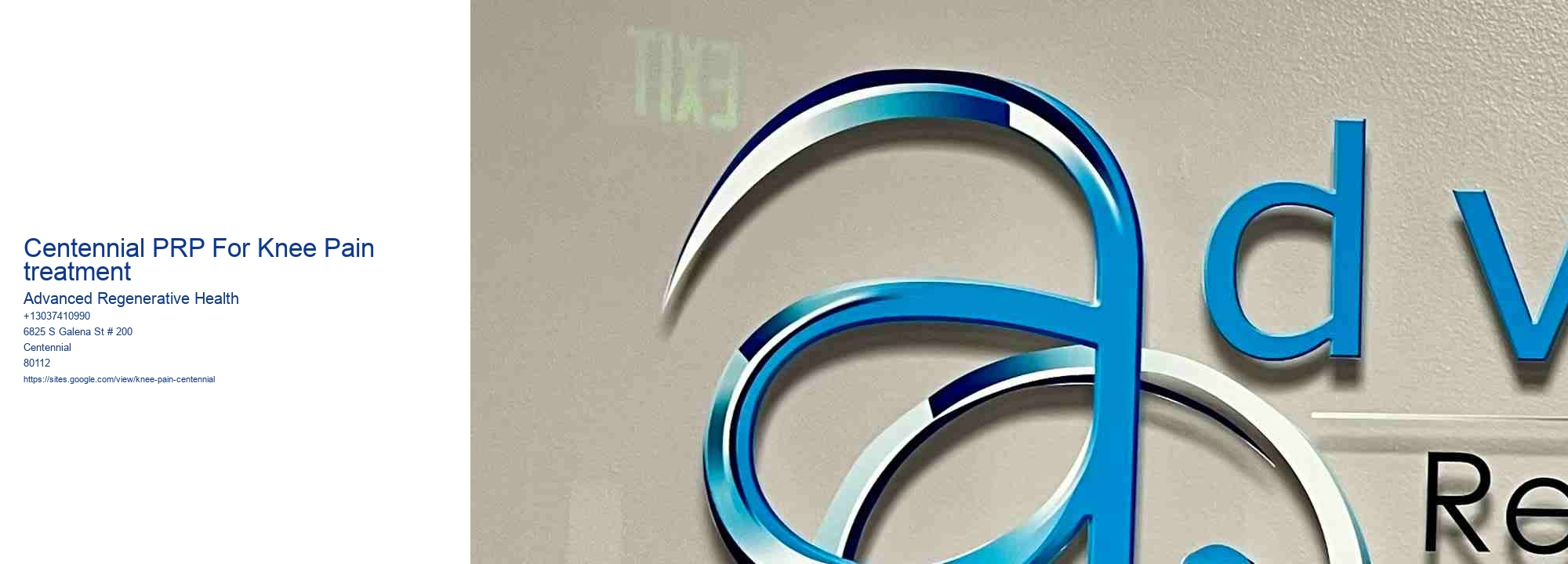Efficacy of PRP Treatment for Knee Pain
The efficacy of Platelet-Rich Plasma (PRP) treatment for knee pain has been a subject of growing interest and research in recent years, particularly as more people seek non-surgical solutions for chronic joint issues. Affordable PRP For Knee Pain Centennial CO . PRP treatment, which involves injecting a concentration of a patients own platelets into the knee, is intended to accelerate healing and reduce inflammation through the natural growth factors and proteins found in platelets. This regenerative approach has been particularly appealing for those suffering from osteoarthritis and other degenerative knee conditions.
Centennial PRP for knee pain treatment represents a modern take on this innovative therapy, offering patients an alternative to traditional pain management methods, such as medication or surgery. The procedure is relatively simple and minimally invasive, typically performed in an outpatient setting. After a blood draw from the patient, the sample is processed to separate the platelets, which are then injected into the knee joint. This localized delivery aims to harness the bodys healing mechanisms, promoting tissue repair and reducing inflammation.
Research on the efficacy of PRP treatment for knee pain has shown promising results, although outcomes can vary depending on the severity of the condition and the individual patients response. Many studies have reported improvements in pain and function, particularly in early to moderate cases of osteoarthritis. Patients often experience reduced pain, increased mobility, and a better quality of life following treatment. However, it is important to note that PRP is not a cure-all solution and may not be effective for everyone, especially those with advanced degenerative changes.
One of the main advantages of PRP treatment is its non-invasive nature, which means it carries fewer risks compared to surgical interventions. Stem Cell Research Based Therapy Centennial CO Additionally, because PRP utilizes the patients own blood, there is a minimal risk of allergic reactions or adverse effects. The recovery time is also generally shorter, allowing patients to return to their daily activities more quickly.
Non-Surgical Knee Pain Relief Centennial CO
Despite the potential benefits, more extensive research and standardized protocols are needed to establish the long-term efficacy and optimize the treatment regimens of PRP for knee pain. As it stands, PRP treatment offers a promising option for individuals seeking to alleviate knee pain and improve joint function without resorting to more invasive procedures. It represents a significant step forward in regenerative medicine, providing hope for those looking to manage their knee pain effectively and sustainably.

Comparison with Other Knee Pain Treatments
When exploring treatments for knee pain, particularly for conditions like osteoarthritis or injury-related discomfort, patients often encounter a variety of options. Among these, Platelet-Rich Plasma (PRP) therapy has gained attention as a promising alternative. In Centennial, PRP for knee pain is increasingly being considered by patients and practitioners alike. To understand its place among other treatments, its essential to compare PRP therapy with more traditional methods such as corticosteroid injections, hyaluronic acid injections, physical therapy, and surgery.
PRP therapy involves injecting a concentration of a patients own platelets into the affected knee area. The platelets release growth factors that are believed to aid in the healing process, potentially reducing pain and improving function. This approach is particularly appealing to those seeking a natural treatment option with fewer side effects compared to pharmaceuticals or surgical interventions.
Corticosteroid injections are one of the more common treatments for knee pain. They provide rapid pain relief by reducing inflammation. However, this relief is often short-lived, and repeated use can lead to joint damage over time. Unlike corticosteroids, PRP aims to address the underlying issues by promoting tissue repair, which may lead to more sustainable long-term outcomes.
Hyaluronic acid injections, another treatment option, work by lubricating the joint and are primarily used to treat osteoarthritis. While they can improve mobility and reduce pain, the effects are usually temporary, requiring repeated treatments. PRP, on the other hand, offers the potential for more durable improvements, as it promotes the bodys natural healing processes.
Physical therapy remains a cornerstone for managing knee pain, focusing on strengthening the muscles around the knee to provide better support and reduce stress on the joint. While effective, physical therapy requires a significant time commitment and may not be sufficient on its own for severe cases. PRP can complement physical therapy by potentially accelerating the healing process, allowing patients to engage more effectively in rehabilitation exercises.

Surgery, including knee arthroscopy or total knee replacement, is often considered a last resort when other treatments fail. While surgery can be highly effective, it comes with risks, extended recovery periods, and higher costs. PRP offers a less invasive alternative that might delay or even eliminate the need for surgical intervention, particularly when used in the early stages of joint deterioration.
In conclusion, PRP therapy in Centennial presents a compelling option for knee pain management. It stands out for its potential to enhance the bodys natural healing ability, offering a middle ground between conservative treatments and invasive surgical procedures. While more extensive research is needed to fully establish its efficacy and long-term benefits, PRP provides a promising alternative for those seeking to alleviate knee pain with minimal side effects. As with any medical treatment, its important for patients to consult with their healthcare providers to determine the most appropriate approach based on their individual needs and condition severity.
Patient Eligibility and Considerations
Centennial Platelet-Rich Plasma (PRP) therapy for knee pain has emerged as an innovative treatment option, offering a promising alternative for patients seeking relief from chronic knee discomfort. However, to ensure its effectiveness and safety, patient eligibility and considerations are paramount. This essay explores these crucial aspects to help both patients and healthcare providers make informed decisions regarding this treatment.
PRP therapy involves extracting a patient's own blood, concentrating the platelets, and injecting them into the knee to promote healing and reduce pain. PRP Regenerative Therapy Centennial Colorado The therapy capitalizes on the natural growth factors in platelets, which can stimulate tissue regeneration and repair. However, not every patient is an ideal candidate for this treatment, and understanding the eligibility criteria is essential.

First and foremost, PRP therapy is most suitable for individuals with mild to moderate knee osteoarthritis or chronic knee pain that has not responded well to conventional treatments such as physical therapy, medications, or corticosteroid injections. Patients with more advanced stages of arthritis might not experience the same level of benefit, as the degenerative changes might be too extensive for PRP to effectively address.
Younger patients, typically under the age of 65, tend to respond better to PRP therapy. This is largely because they often have a more robust healing response compared to older individuals. Additionally, patients who maintain a healthy lifestyle, including a balanced diet and regular exercise, are more likely to experience positive outcomes, as their overall health can significantly impact the bodys ability to heal.
Certain medical conditions can also influence eligibility. Patients with blood disorders, active infections, or cancer are generally not considered suitable candidates for PRP therapy due to potential complications or diminished efficacy. Furthermore, individuals on anticoagulant medications may face increased risks during the procedure, and a thorough medical assessment is necessary to weigh the benefits against the risks.
Patient expectations and commitment to the treatment process also play a crucial role in the success of PRP therapy. Patients must have realistic expectations about the outcomes, understanding that while PRP can reduce pain and improve function, it may not completely eliminate symptoms. Additionally, follow-up care and adherence to rehabilitation protocols are essential for maximizing the benefits of the treatment.
In conclusion, Centennial PRP therapy for knee pain presents a promising avenue for pain relief and improved joint function. However, careful consideration of patient eligibility is crucial in ensuring its success. By evaluating factors such as the severity of the condition, age, lifestyle, and underlying health issues, healthcare providers can better determine which patients are likely to benefit from this innovative treatment. Through informed decision-making and collaborative care, patients and providers can work together to achieve the best possible outcomes with PRP therapy.
Future Directions and Innovations in PRP Therapy
Platelet-Rich Plasma (PRP) therapy has emerged as a promising treatment for knee pain, particularly in conditions like osteoarthritis. As we look toward the future, several innovative directions and advancements in PRP therapy promise to enhance its efficacy and accessibility.
One significant future direction in PRP therapy is the refinement of preparation methods. Currently, variations in PRP composition due to differences in preparation techniques can affect treatment outcomes. Standardizing these methods could lead to more consistent results. Researchers are exploring ways to optimize the concentration and composition of growth factors within PRP, potentially leading to more effective treatments tailored to individual patient needs.
Another promising innovation is the integration of PRP therapy with other regenerative techniques. For instance, combining PRP with stem cell therapy could enhance tissue regeneration and provide longer-lasting relief from knee pain. Studies are investigating the synergistic effects of these therapies, and early results are encouraging.
Technological advancements are also playing a crucial role in the evolution of PRP therapy. The development of novel delivery systems, such as ultrasound-guided injections, is improving the precision of PRP administration. This not only increases the effectiveness of the treatment but also reduces the risk of complications.
Furthermore, personalized medicine is increasingly influencing PRP therapy. Genetic and molecular profiling could soon allow healthcare providers to tailor PRP treatments to the unique biological characteristics of each patient. This personalized approach promises to maximize therapeutic benefits while minimizing side effects.
Finally, as PRP therapy continues to gain popularity, ongoing research into its long-term effects and mechanisms of action is crucial. Understanding how PRP interacts with various biological processes will help refine treatment protocols and expand its applications beyond knee pain to other musculoskeletal conditions.
In conclusion, the future of PRP therapy for knee pain is bright, with numerous innovations on the horizon. By enhancing preparation methods, integrating with other therapies, leveraging technology, and embracing personalized medicine, PRP therapy holds the potential to revolutionize pain management and improve the quality of life for countless individuals. As research progresses, we can anticipate even more effective and accessible solutions for knee pain and beyond.
